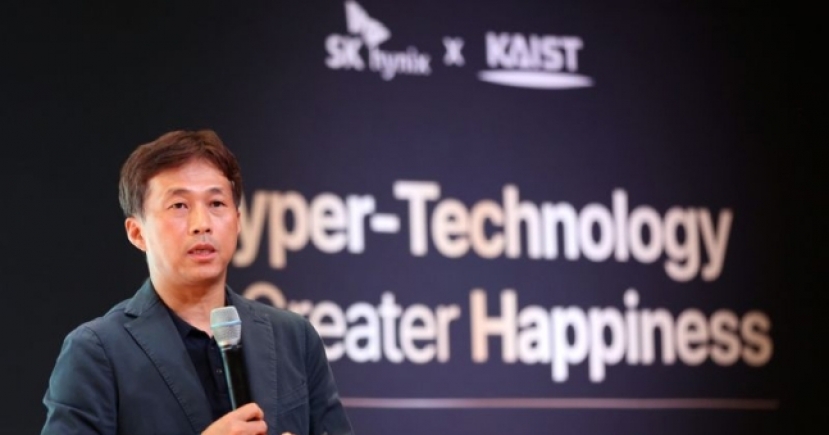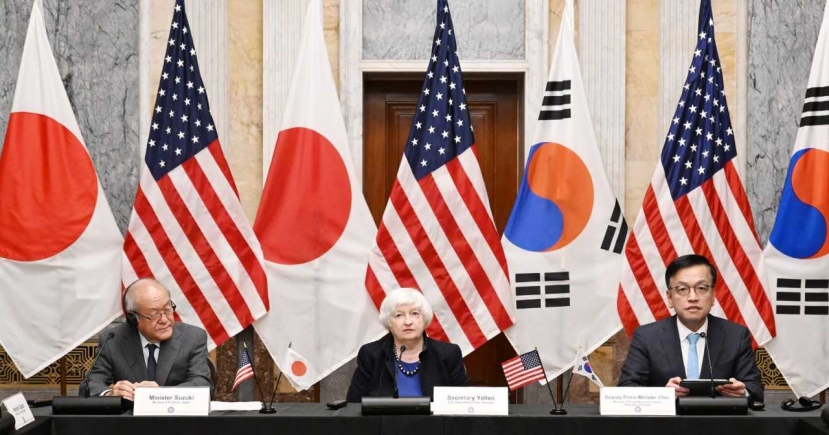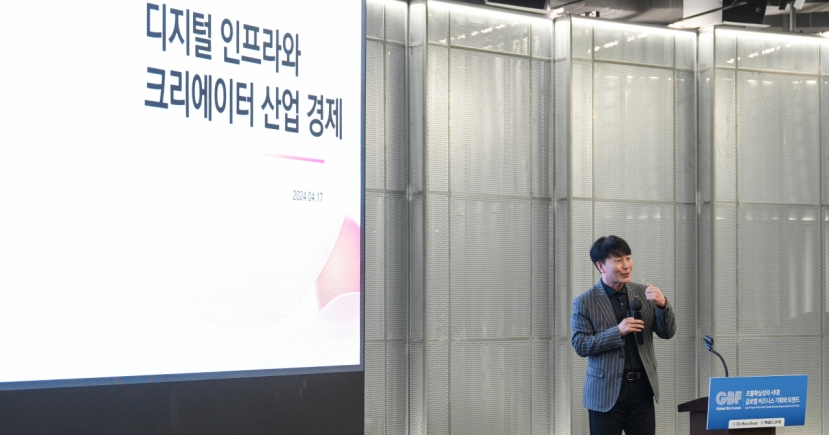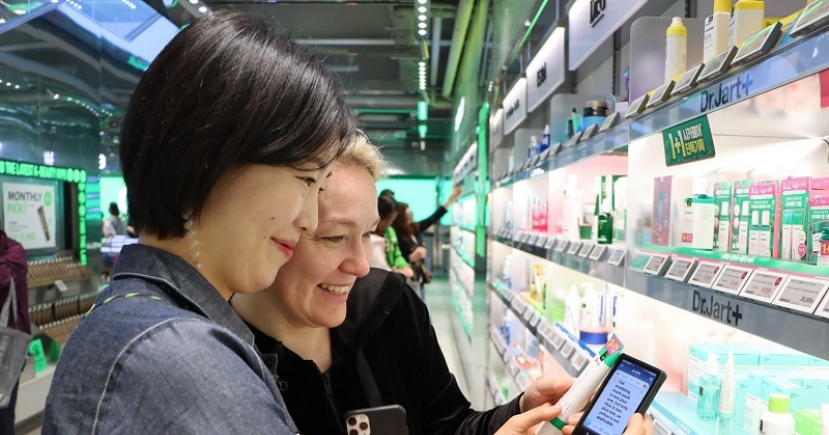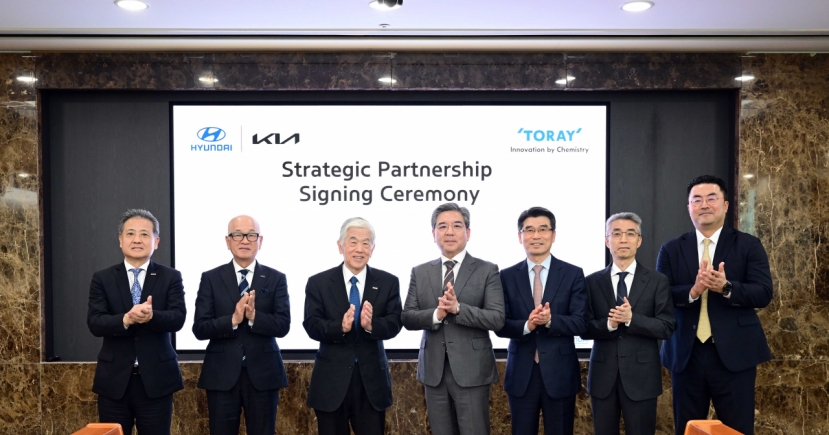Finance
Non-life insurers’ profits rise on smaller loss ratios for cars
[THE INVESTOR] South Korea’s non-life insurers saw their profits rise due to reduced loss ratios for car insurance and the rise in medical insurance rates in the first quarter, data showed on April 30.
However, criticism persisted as the insurers appear to rely on group buying schemes, which allows them to overcharge customers to sustain financial stability for coverage, observers said.
The combined net profit of the five major non-life insurers -- Samsung Fire & Marine Insurance, Dongbu Insurance, Hyundai Marine & Fire Insurance, KB Insurance and Meritz Fire & Insurance -- came to 963.3 billion won ($844.6 million) in the first quarter, up 61.7 percent year-on-year, according to their respective earnings releases.
 |
A bird`s eye view of Yeouido, Korea`s financial hub.(Lee Sang-sub/The Investor) |
Among them, leading insurer Samsung Fire & Marine Insurance posted a 77 percent on-year rise to reach 503 billion won in quarterly net profit. Dongbu Insurance, the runner-up, saw its quarterly net profit rise to 159.3 billion won, up 81 percent from a year earlier.
The five firms’ loss ratio -- incurred losses divided by premiums -- in the auto category all saw declines and stood below 80 percent in the first quarter.
Samsung Fire & Marine Insurance logged an auto loss ratio of 76.4 percent, down 2.7 percentage points from a year earlier. Dongbu Insurance’s auto loss ratio went down to 77.5 percent from 81.4 percent. The auto loss ratio of Hyundai Marine & Fire Insurance fell to 77.8 percent from 82.2 percent.
All the five firms raised medical insurance rates by around 25 percent. Hyundai Marine Fire & Insurance saw the sharpest rise -- 27 percent.
Critics say that the insurers’ improved readings in the first quarter came from their move to prevent customers with a higher possibility of accidents from buying their insurance individually.
The move has induced some customers to group buying schemes for auto insurance, in which a driver pays at least 50 percent more in premiums.
The Financial Services Commission vowed in April 2016 to tackle overcharging on group buying schemes, but its efforts bore little fruit.
By Son Ji-hyoung/The Korea Herald (consnow@heraldcorp.com)


